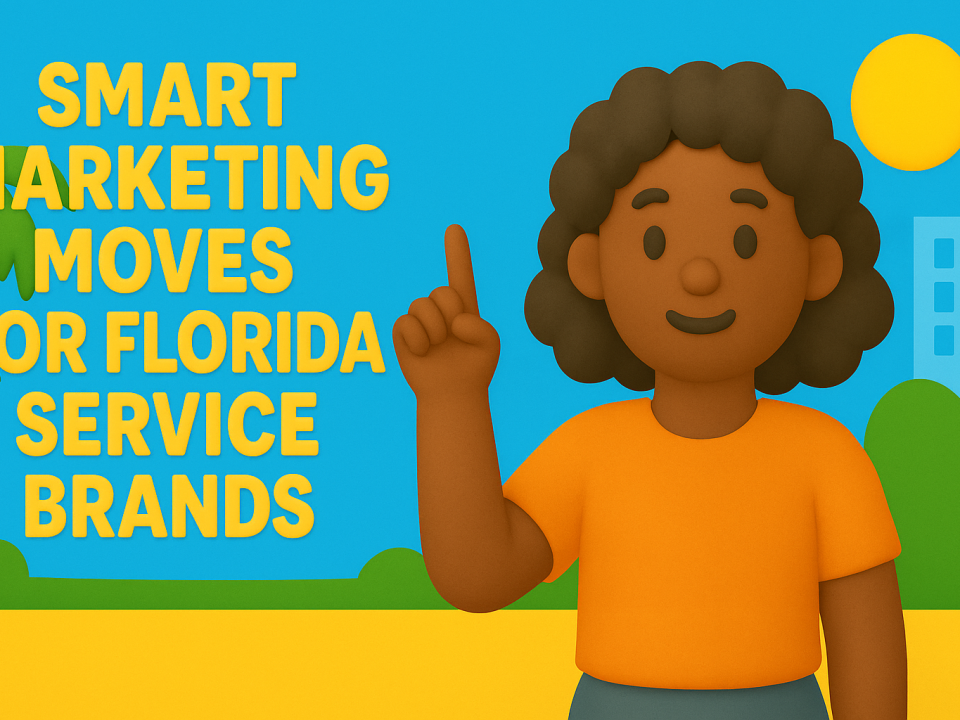
5 Social Media Marketing Trends to Watch in 2025
June 4, 2025
How to Maintain Authenticity in Your Social Media Strategy
July 13, 2025
Inclusive Marketing Strategies: How to Connect Authentically with Diverse Audiences
In today’s rapidly evolving marketplace, brands that embrace inclusivity in their marketing efforts are not only fostering goodwill but also unlocking new growth opportunities. Inclusive marketing goes beyond tokenism — it’s about genuinely understanding and representing diverse audiences in ways that resonate deeply and authentically. This blog post explores actionable strategies to help marketers build inclusive campaigns that drive engagement, loyalty, and business success.
Why Inclusive Marketing Matters More Than Ever
Consumers increasingly expect brands to reflect the diversity of the world around them. According to recent research, inclusive marketing campaigns can boost brand perception and increase purchase intent by up to 20%. Brands like Zumba and Lysol have demonstrated how thoughtful inclusivity can expand reach and deepen emotional connections with customers. We linked a few examples form those brands below.
Moreover, inclusive marketing helps avoid alienating a portion of your audience as well as backlash that can arise from tone-deaf or stereotypical messaging. It’s a strategic imperative that aligns with evolving social values and marketplace realities.

Key Elements of Effective Inclusive Marketing
1. Deep Audience Research and Segmentation
Inclusive marketing starts with understanding the nuanced identities, values, and needs of your audience segments. Use qualitative and quantitative research methods to uncover insights about cultural backgrounds, accessibility needs, and lifestyle preferences. This data-driven approach ensures your messaging and creative assets resonate authentically.
2. Diverse Representation in Content and Creatives
Representation matters. Incorporate diverse voices, faces, and stories in your marketing materials. This includes ethnicity, gender identity, age, ability, and more. Authentic representation builds trust and signals that your brand values all customers. Zumba is a great example of this, their social media advertising campaigns show diverse backgrounds, helping resonate with their broad customer base across the world.
.
3. Inclusive Language and Messaging
Language shapes perception. Use inclusive language that avoids stereotypes and embraces respect. For example, opt for gender-neutral terms and culturally sensitive phrasing. Test your messaging with diverse focus groups to ensure it lands well.
Actionable Steps to Implement Inclusive Marketing Today
Audit Your Current Marketing Materials
Start by reviewing your existing campaigns and content for inclusivity gaps. Identify areas where representation is lacking or messaging could be improved. Tools like diversity checklists and external audits can provide objective feedback.
Collaborate with Diverse Creators and Consultants
Partner with creators, influencers, and consultants from diverse backgrounds to co-create content. Their lived experiences bring authenticity and fresh perspectives that enrich your campaigns.
Train Your Marketing Team on Inclusivity
Invest in ongoing education for your marketing team about cultural competency, unconscious bias, and inclusive storytelling. This builds internal capability to sustain inclusive practices long-term.
Real-World Examples of Inclusive Marketing Success
As mentioned, brands like Zumba have embraced inclusivity by celebrating diversity in their campaigns, resulting in a loyal global community. Lysol’s inclusive messaging during health crises addressed varied household needs, strengthening trust across demographics. Wistia’s content marketing highlights diverse creators, fostering a welcoming brand environment. Not only did these brands incorporate diversity in their advertising campaigns, they build it into their overall marketing strategy. Just visit their websites or social channels and you will see the diverse range of models & messaging they use to represent all walks of life.
These examples demonstrate that inclusivity is not just ethical — it’s a powerful business driver.
Conclusion: Make Inclusivity Your Marketing Advantage
Inclusive marketing is more than a trend; it’s a fundamental shift in how brands connect with the world. By investing in authentic representation, inclusive language, and diverse collaboration, your brand can build meaningful relationships that translate into lasting growth.
Ready to take your marketing inclusivity to the next level? Start by auditing your current campaigns, research your customers, and begin building a framework that establishes inclusivity as prerequisite for your marketing campaigns.
For tailored advice and campaign management, reach out to our team at J. Oliver Advertising for a free consultation.
👉 Book your free strategy session now
J. Oliver Advertising
Instagram
5 Star Reviews




